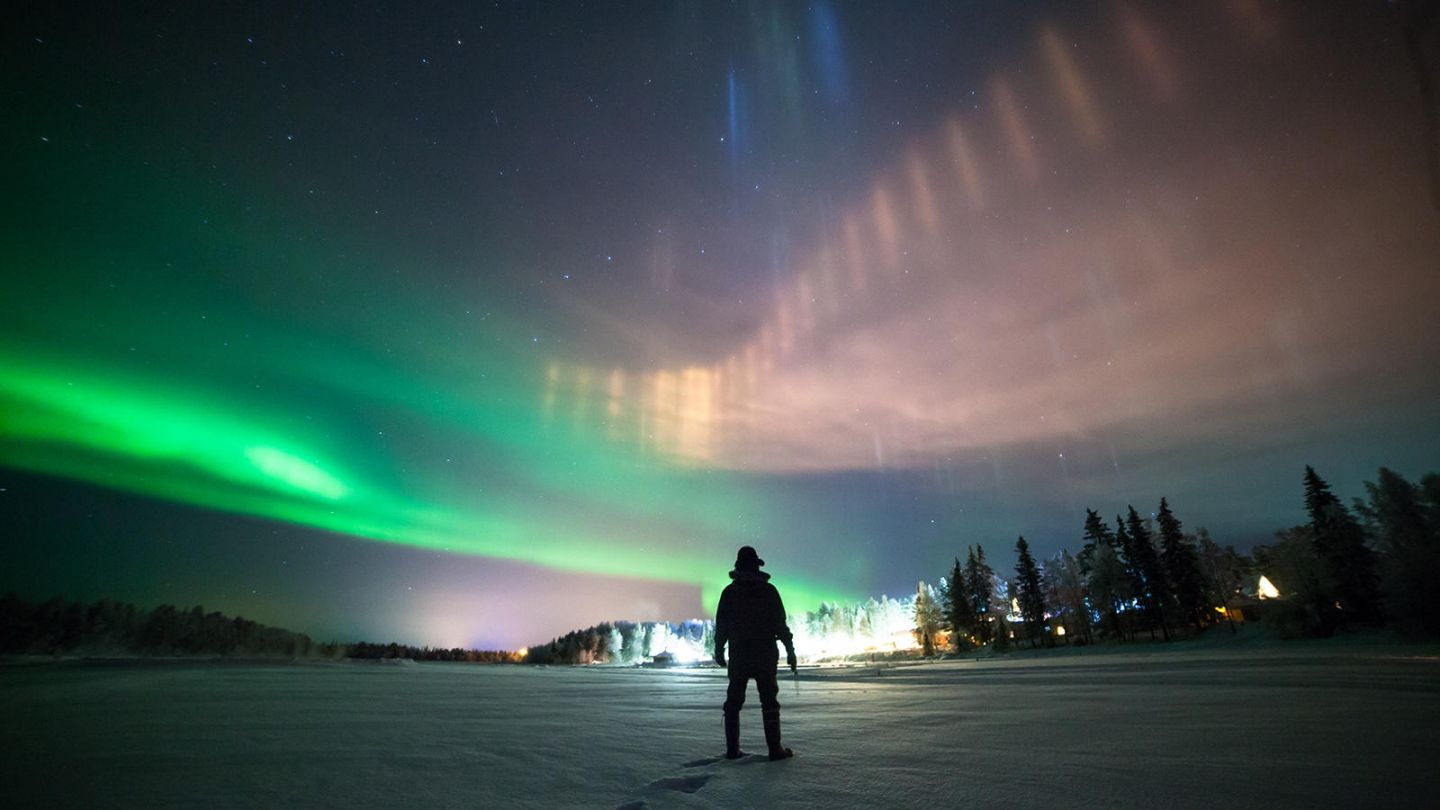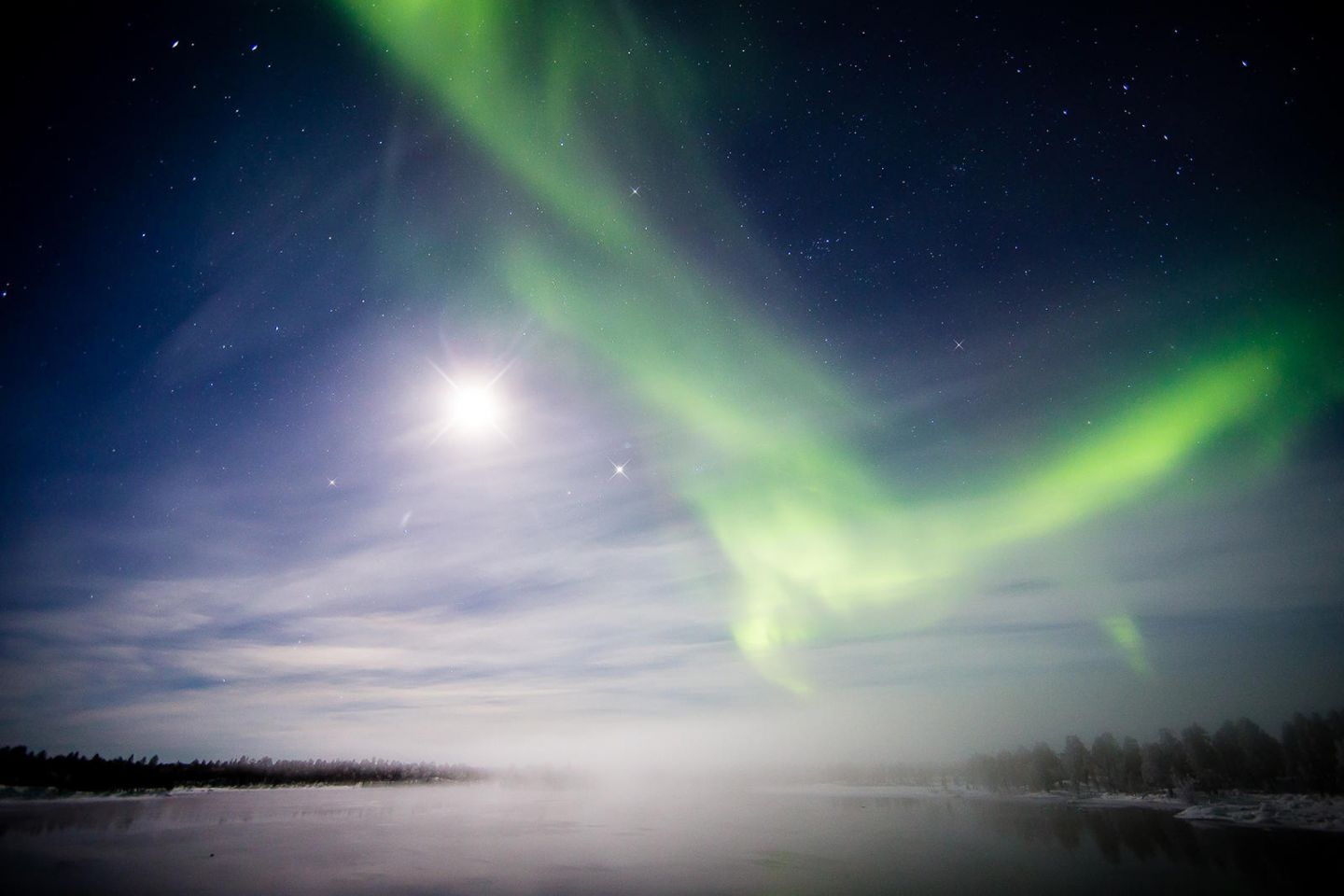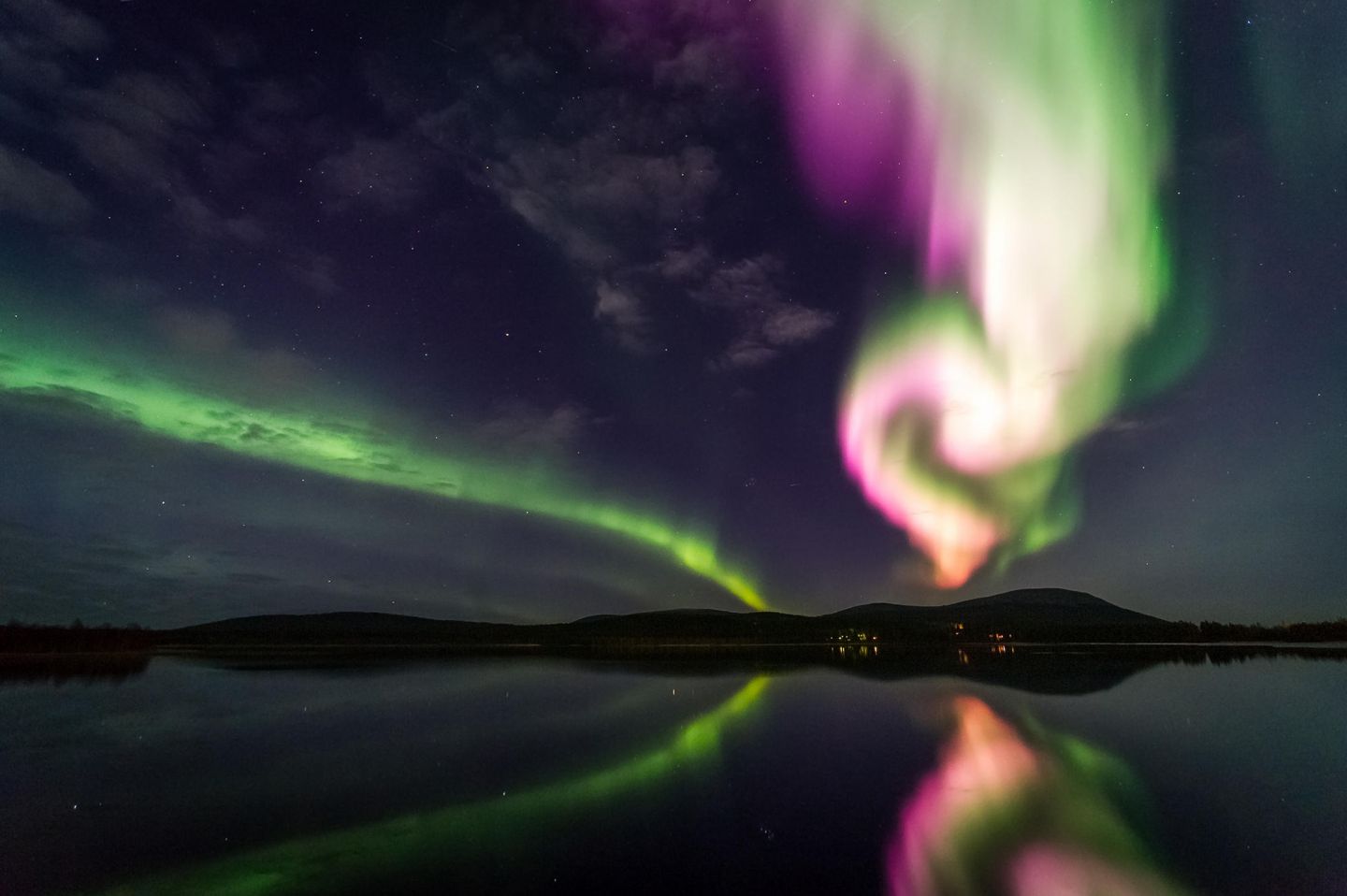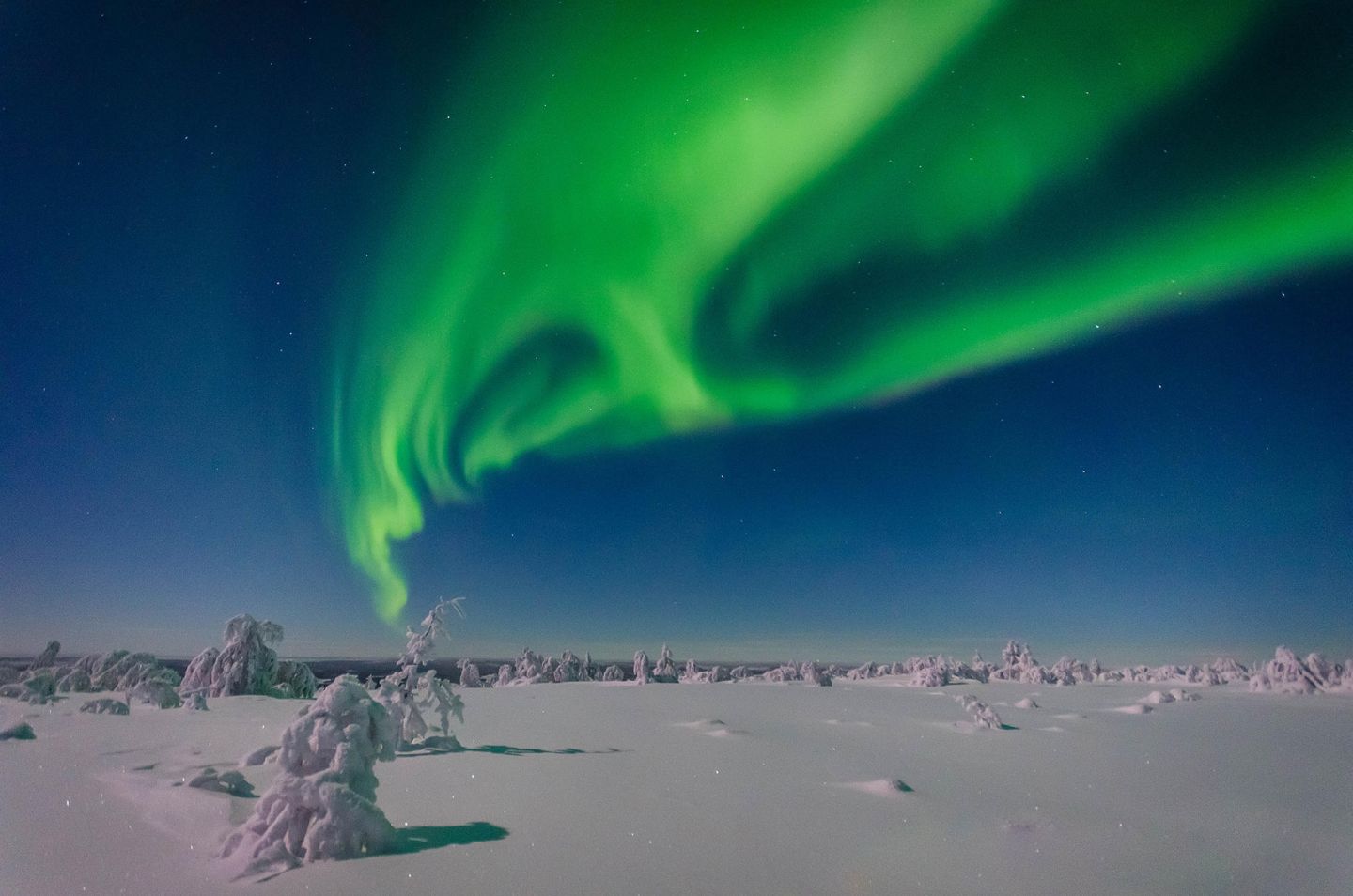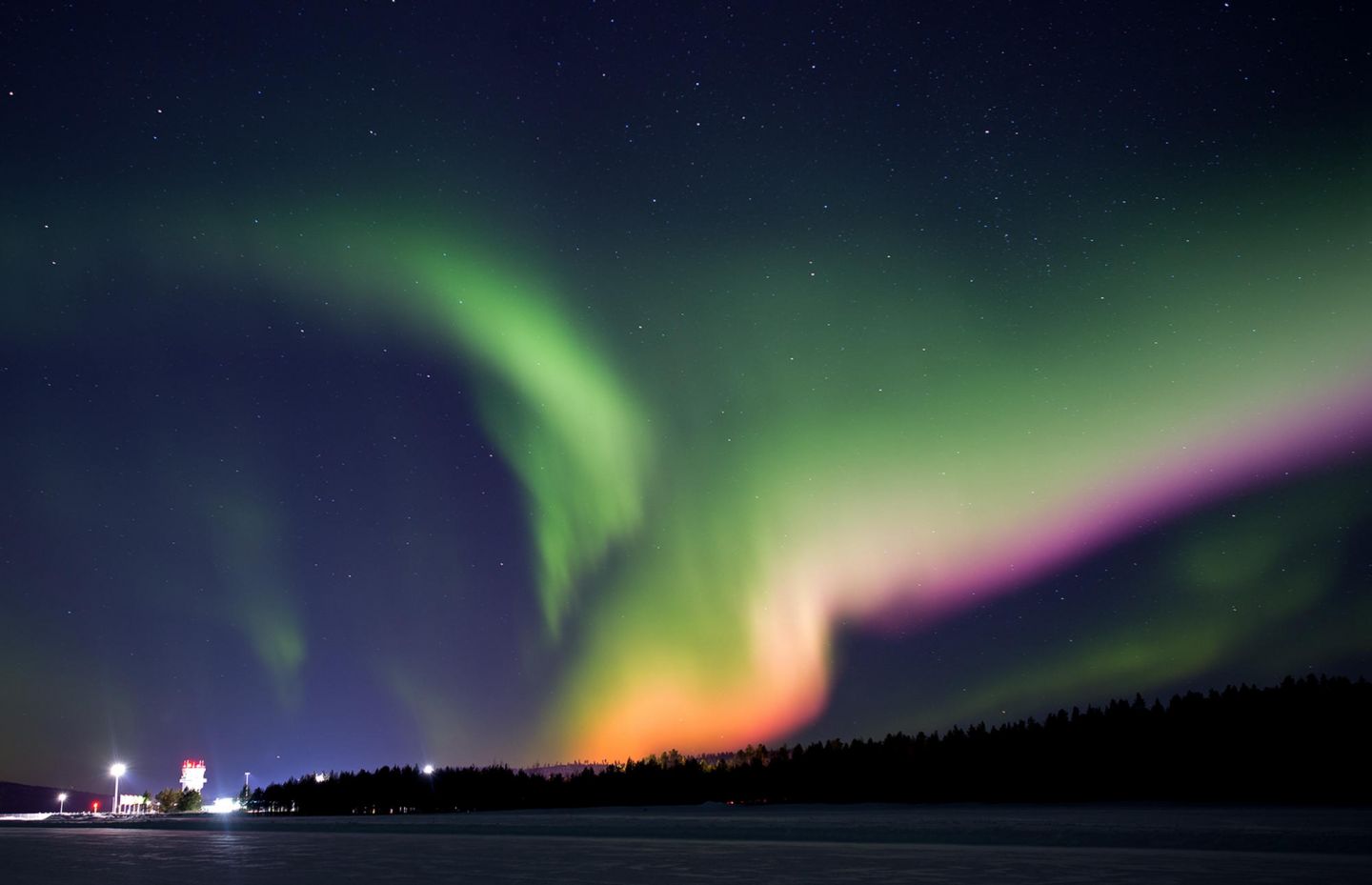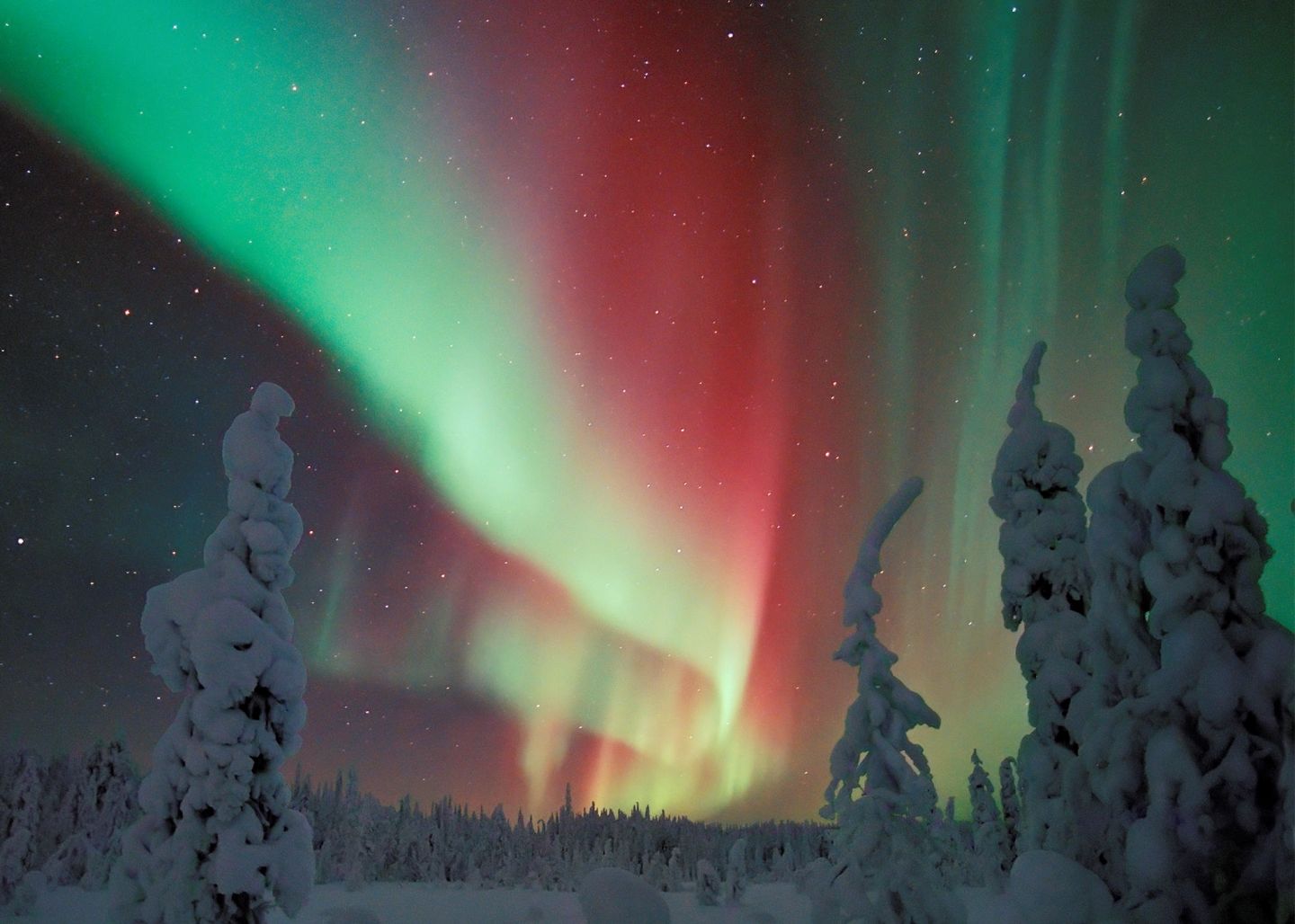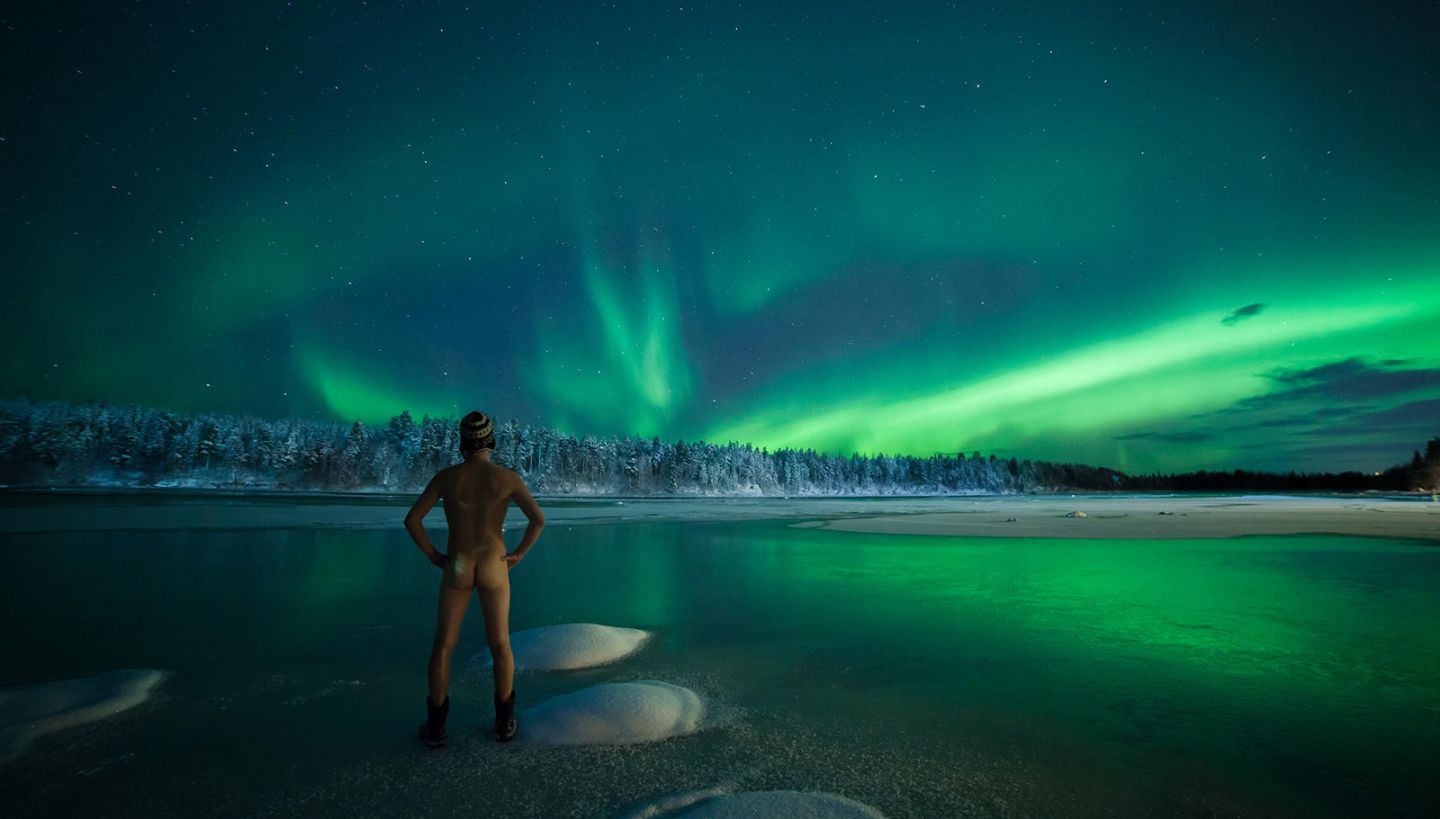The Northern Lights have mystified, terrified and inspired humans for thousands of years. Here are some of the myths and legends about the auroras people have created.
Over the centuries and millennia, the people of the Arctic have had different interpretations, myths and beliefs about the Northern Lights – some of them bloody, some of them happy. Here are some legends to share around the campfire:
Soulbirds and the light of dawn
Most European languages have a word to describe the Northern Lights. Aurora borealis was coined by the famous astronomer Galileo, some 400 years ago in 1619, from the Roman goddess of the dawn – Aurora – and the word borealis, meaning “northern.” Aurora is also Latin for morning glow or light of dawn.
The Northern Sámi word for auroras – guovssahasat – is derived from the same word body as guovssu, also meaning morning / evening glow. Guovssahasat also means the bird Siberian jay, which has colorful feathers and a lively character. Ancient Finns believed that the soul of a hunter passes on to a Siberian jay, which were thus regarded as soulbirds. Killing a Siberian jay would bring bad fortune to a hunter. Auroras, like the Siberian jay, have often been thought of as spirits of the dead.
The sparkling tail of the elusive firefox
The Finnish word for the Northern Lights translates to “fox fires”. The firefox is a mythical and elusive creature of the North coveted by hunters. Legend has it that a person who catches the firefox would be rich and famous beyond belief.
As it runs along the fells, the fox’s flaming tail whips crystals of snow into the sky and the fur scratches the trees, setting the skies on fire. There is a small element of truth in this explanation as fur can be charged with static energy, producing sparks. Indigenous Canadians had similar ideas about the fur of their reindeer.
Another explanation for the Finnish name, revontulet, is the word “repo”, used by the migrant Forest Finns, meaning a spell. Thus, the auroras were spellfires, caused by forces of darkness and light waging war in the sky.
Want to the story of the Northern Lights from the Firefox herself? Check out Virtual Lapland.
Flaming gates of the north
Auroras sometimes form arcs across the sky. In the Kalevala, the national epic of Karelia and Finland, the Northern Lights are referred to as the gates of the north. In some Karelian dialects, the auroras are still called “fiery pillars”, referring to the gates. In the Kalevala, the people of the north were usually seen as the enemy and the gates of the north frequent the stories of travel to north.
Spirits of the dead
In the north, the auroras most commonly appear pale green in color to the naked eye. This has perhaps led people to believe that the lights in the night sky belong to the dead. For example, the Inuits of Greenland imagined the souls of dead children playing in the sky. The auroras have always commanded respect among people in the north, and in times past, a good dose of fear as well.
The Skolt Sámi had a belief that those who were murdered were still bleeding or even cutting themselves in the afterlife, causing the auroras in the sky. The native peoples of Siberia and some Native American tribes believed that the dead were riding horses or playing in the sky, and once in awhile blood would spill, causing the auroras to appear. Other Native American tribes believed that the Northern Lights were an indication that the dead were so happy they were dancing.
Red omen of terror
On rare occasions when auroras are powerful enough to be seen in middle and southern Europe, they are usually red in color. No wonder the French, Italians and Greeks of times past saw them as sure signs of blood to be spilled. In comparison, various native groups in the north believed the red flames to be caused by fallen soldiers clashing with giants.
There are tales from as late as the Franco-Prussian war in 1870–1871 where magnificent red auroras were deemed reflections of battlefields drenched in blood. This is not the only time blood red auroras and times of battle have coincided. There are similar stories dating back to the American Civil War, the French Revolution and the Greater Wrath in Finland (1714–1721). Coincidence?
Making auspicious babies
One of the more recent myths – perhaps partially caused or reinforced by the U.S. drama comedy Northern Exposure – is that in Japanese and Chinese culture, a child conceived under the Northern Lights will be blessed with good fortune. This belief is more or less fabricated. Ask any Japanese visitor, and they have never even heard of it.
Asians are big fans of auroras, but the reasons behind their fascination are no different from the rest of us. However, there is a connection between Northern Lights and one famous auspicious creature in Chinese art and mythology – the dragon.



